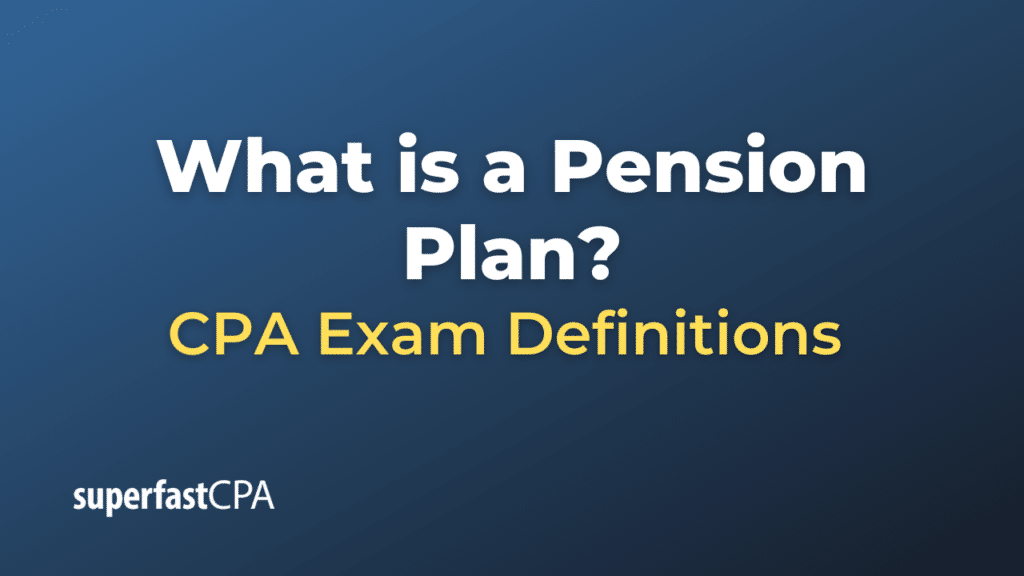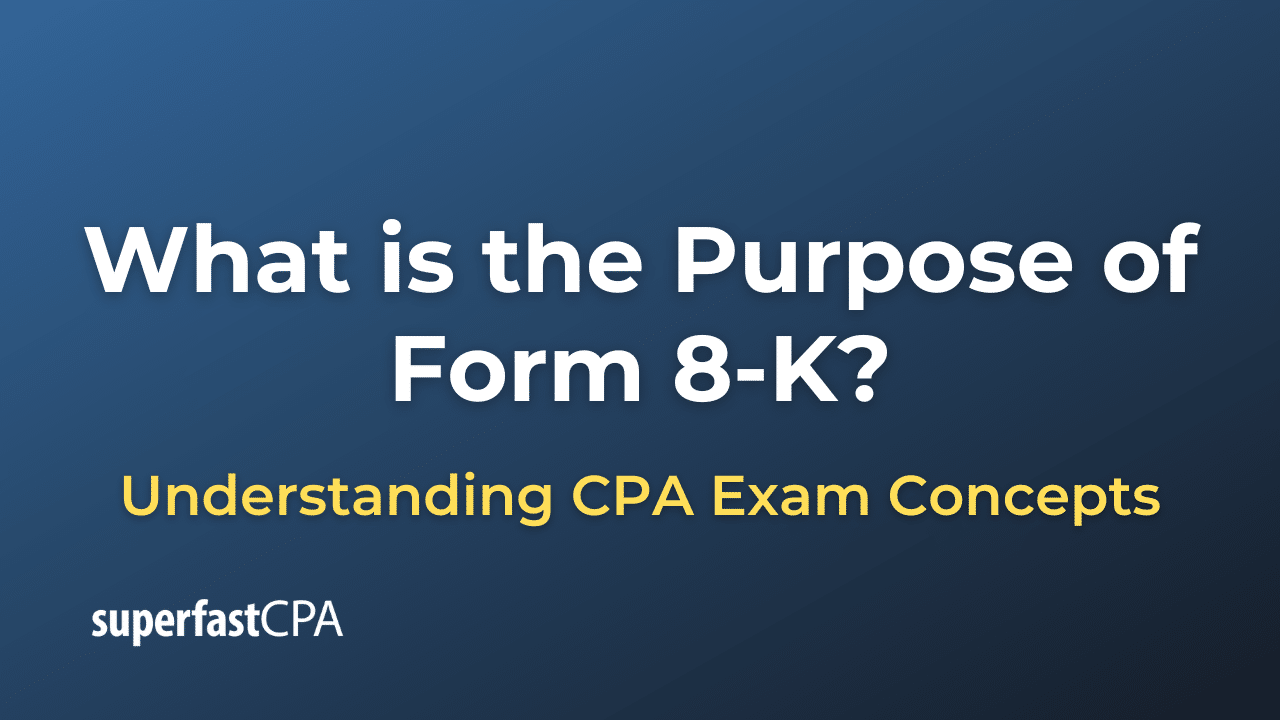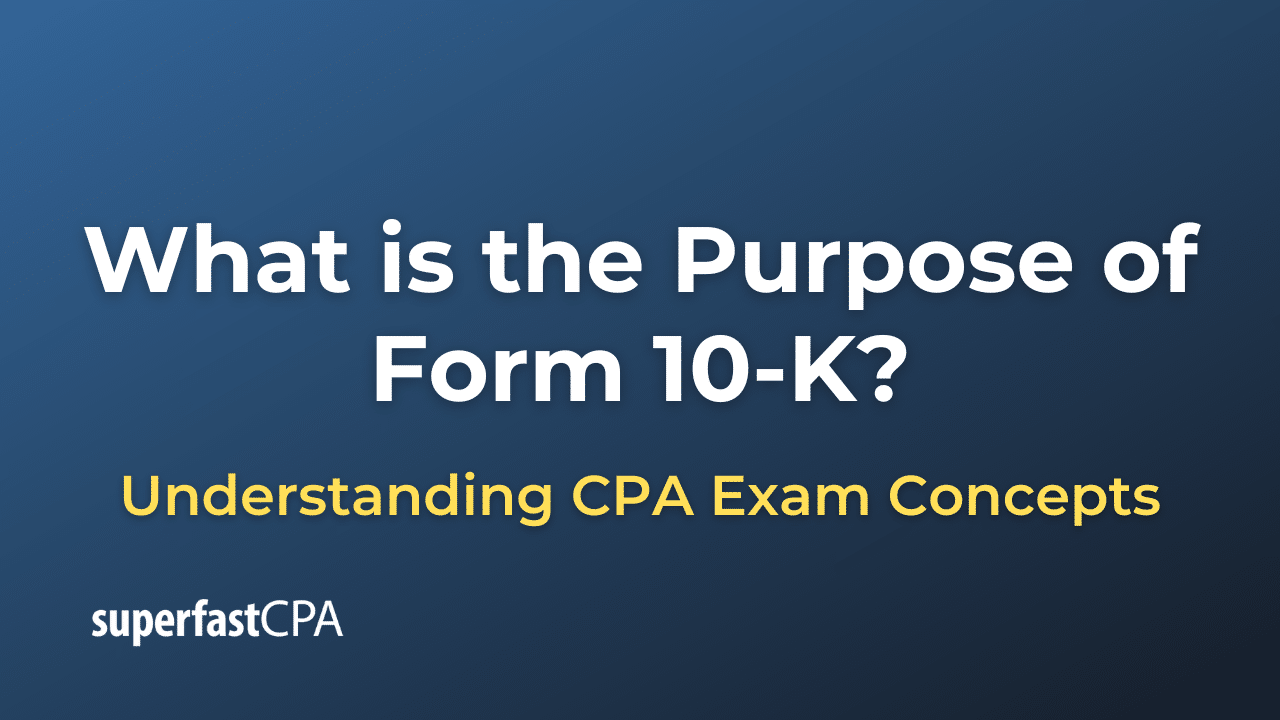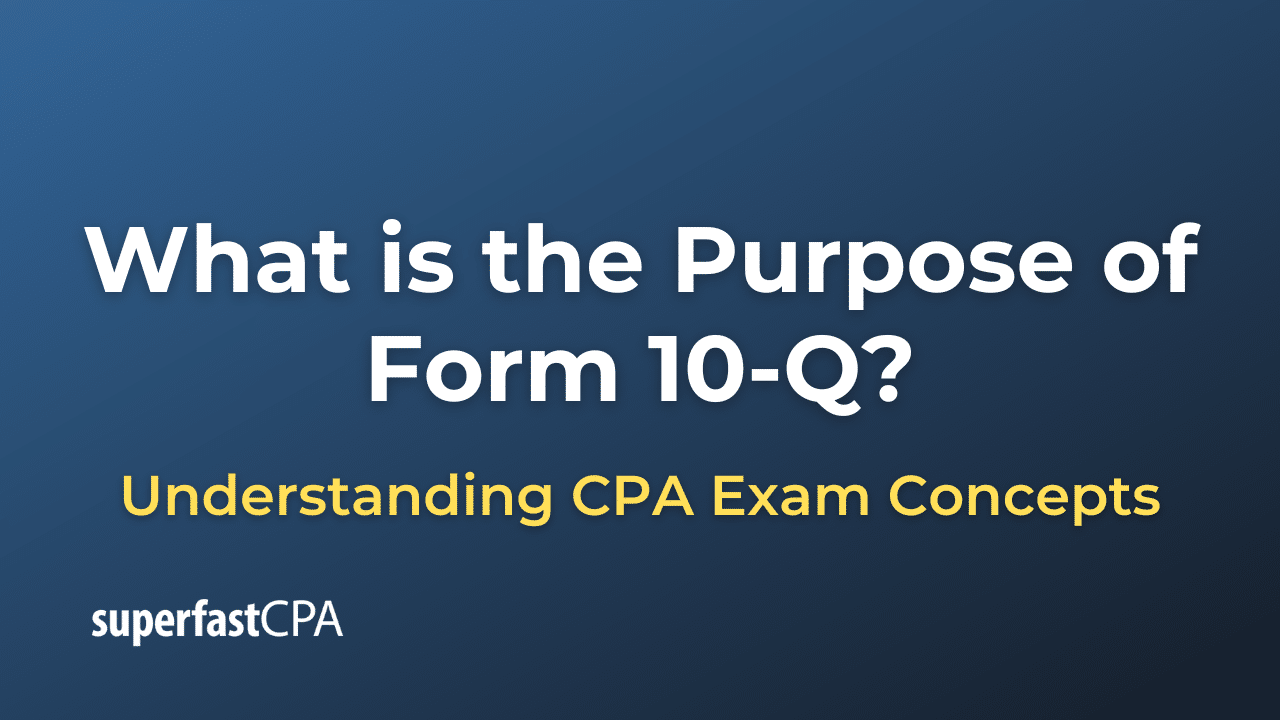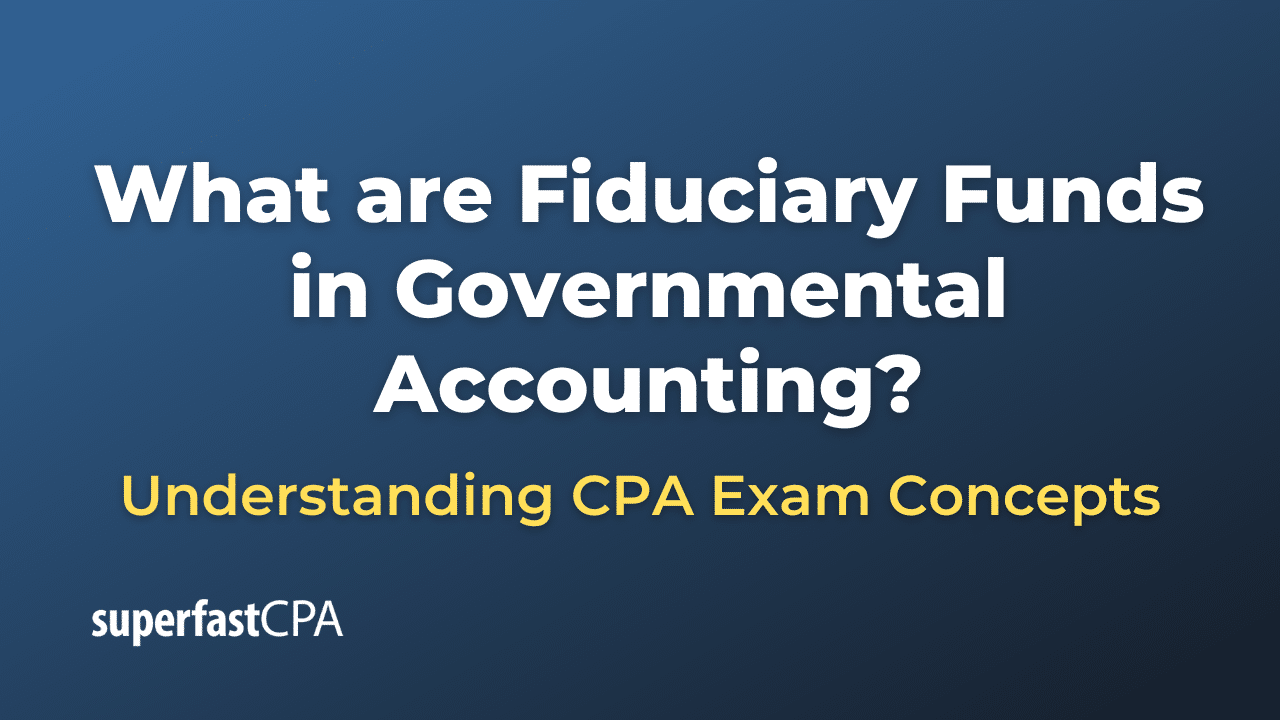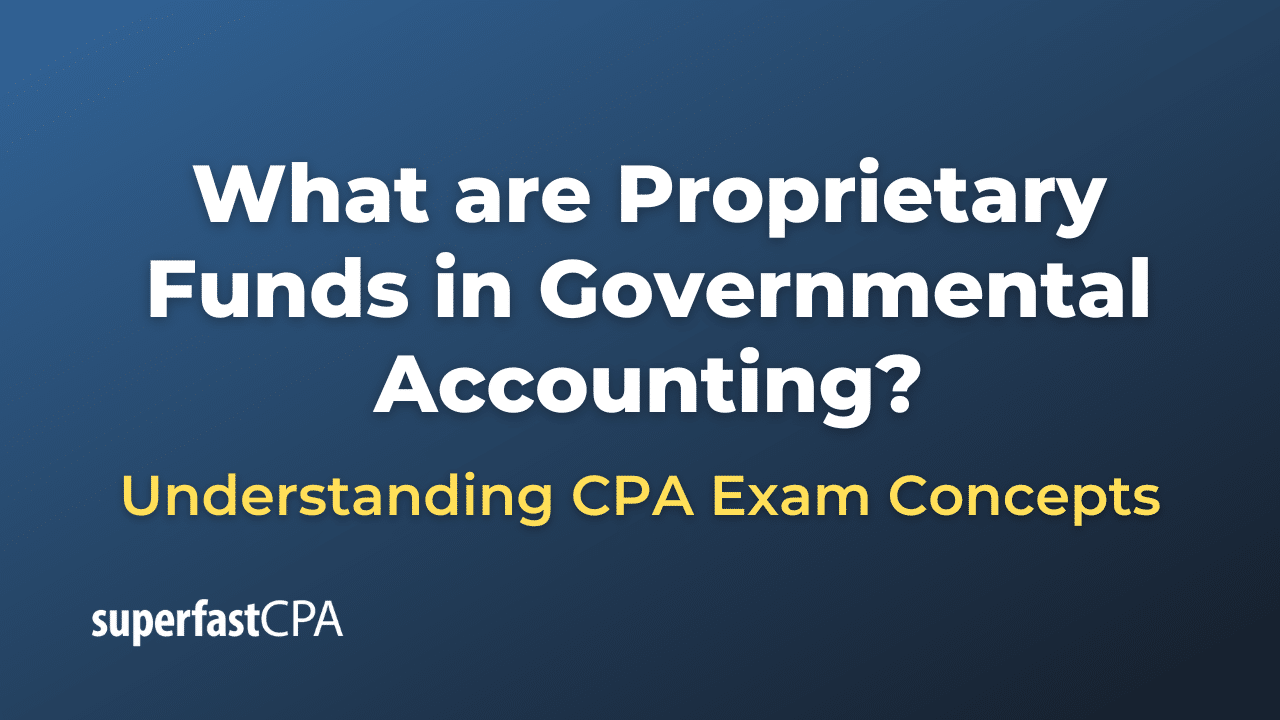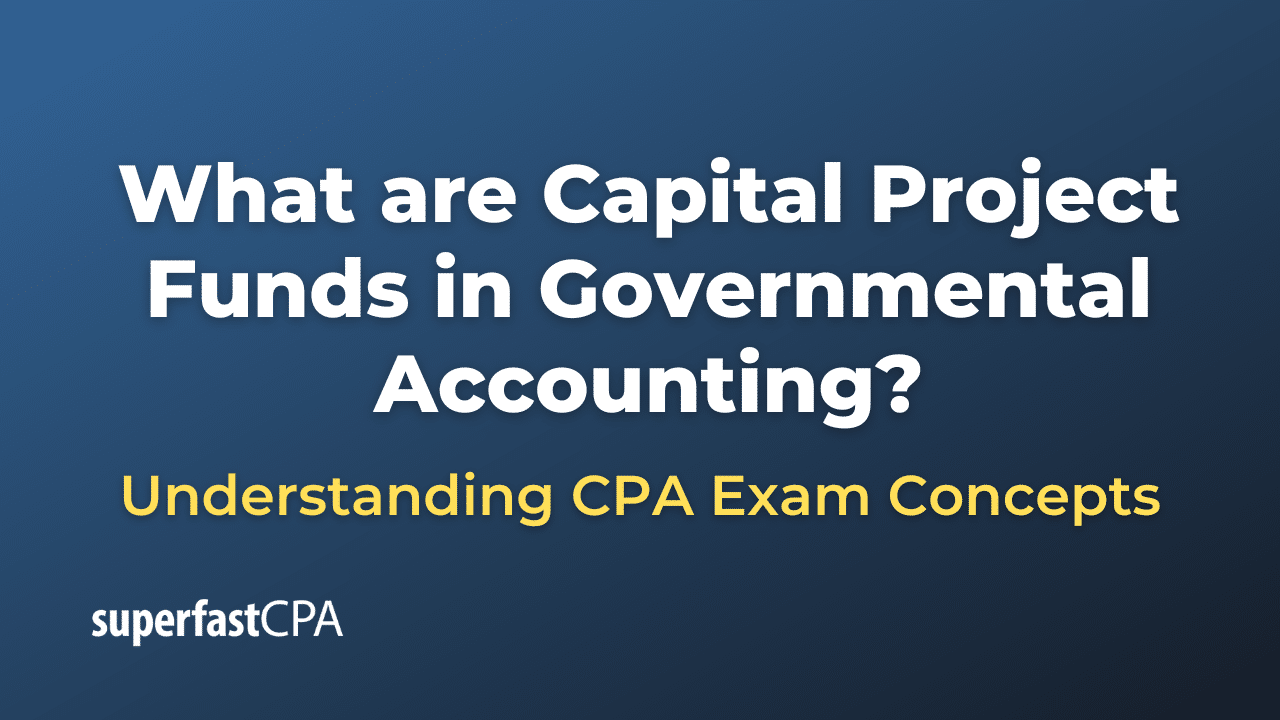Pension Plan
A pension plan is a type of retirement plan where an employer and/or employee makes contributions towards a pool of funds set aside for an employee’s future benefit. This fund is invested on the employee’s behalf, and the earnings on the investments generate income to the worker upon retirement.
There are two main types of pension plans:
- Defined Benefit Plan: The employer guarantees that the employee will receive a definite amount of benefit upon retirement, regardless of the performance of the underlying investment pool. The employer carries the investment risk and is responsible for ensuring there is enough money to pay the future benefit. The benefit is typically calculated using a formula based on factors such as salary history and duration of employment.
- Defined Contribution Plan: The employer, employee, or both make regular contributions, and the future benefits vary based on investment performance. Upon retirement, the employee’s benefit is the total amount of money in the account, which includes contributions plus or minus investment gains or losses. The employee carries the investment risk. 401(k) plans, 403(b) plans, and Individual Retirement Accounts (IRAs) are examples of defined contribution plans.
Pension plans are a form of “deferred compensation” and are a key part of many employee benefits packages. They are subject to extensive regulation in many countries, and the specifics of how they are set up and how they operate can vary significantly. In many cases, tax benefits come with these retirement plans. For example, employees may not have to pay taxes on funds until they begin making withdrawals from the plan after retirement.
Example of a Pension Plan
Let’s consider an example for both defined benefit and defined contribution plans:
- Defined Benefit Plan: Company ABC offers its employees a pension plan that provides a benefit equal to 1.5% of their final average salary for each year of service. If an employee works for ABC for 30 years and their final average salary is $70,000, the annual pension benefit would be $31,500 (30 years * 1.5% * $70,000). Company ABC is responsible for ensuring there’s enough money in the pension fund to pay this benefit. The employee does not have to worry about investment decisions or the risk of the fund not performing well.
- Defined Contribution Plan: Company XYZ offers a 401(k) plan where it matches employee contributions up to 6% of their salary. If an employee earns $50,000 per year and contributes 6% of their salary ($3,000), XYZ also contributes $3,000 to the 401(k) plan. The total contribution to the plan is $6,000 for that year. The money in the 401(k) plan is then invested, and the value of the account will grow or decrease based on the performance of the investments. The employee is responsible for deciding how to invest the money and bears the risk of the investments not performing well. Upon retirement, the employee will have access to the funds in the 401(k) account, which will depend on the total contributions and the investment returns.
Remember, in the defined benefit plan, the retirement benefit is determined by a formula, and the employer bears the investment risk. In contrast, in the defined contribution plan, the retirement benefit depends on the contributions and investment returns, and the employee bears the investment risk.

